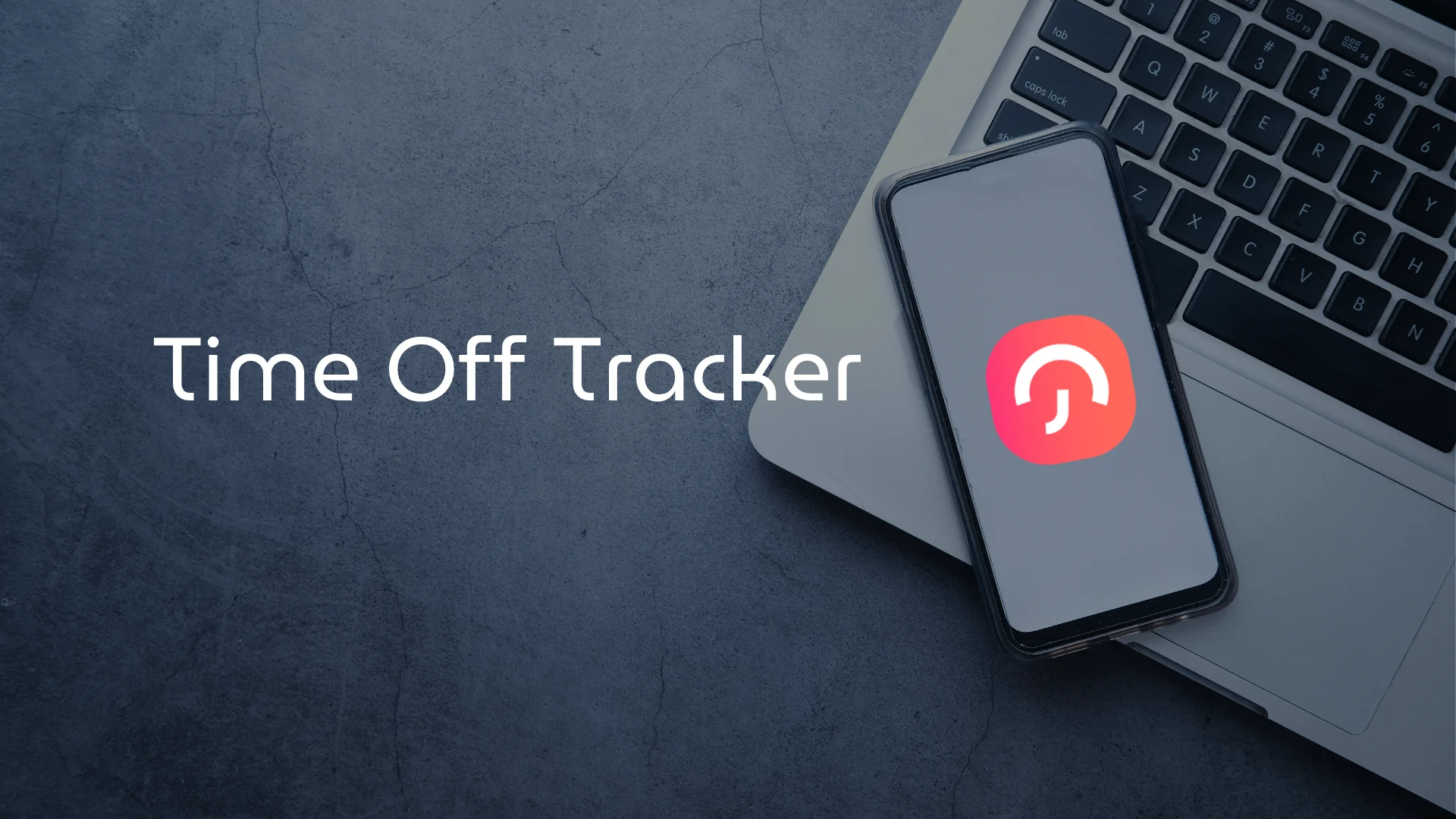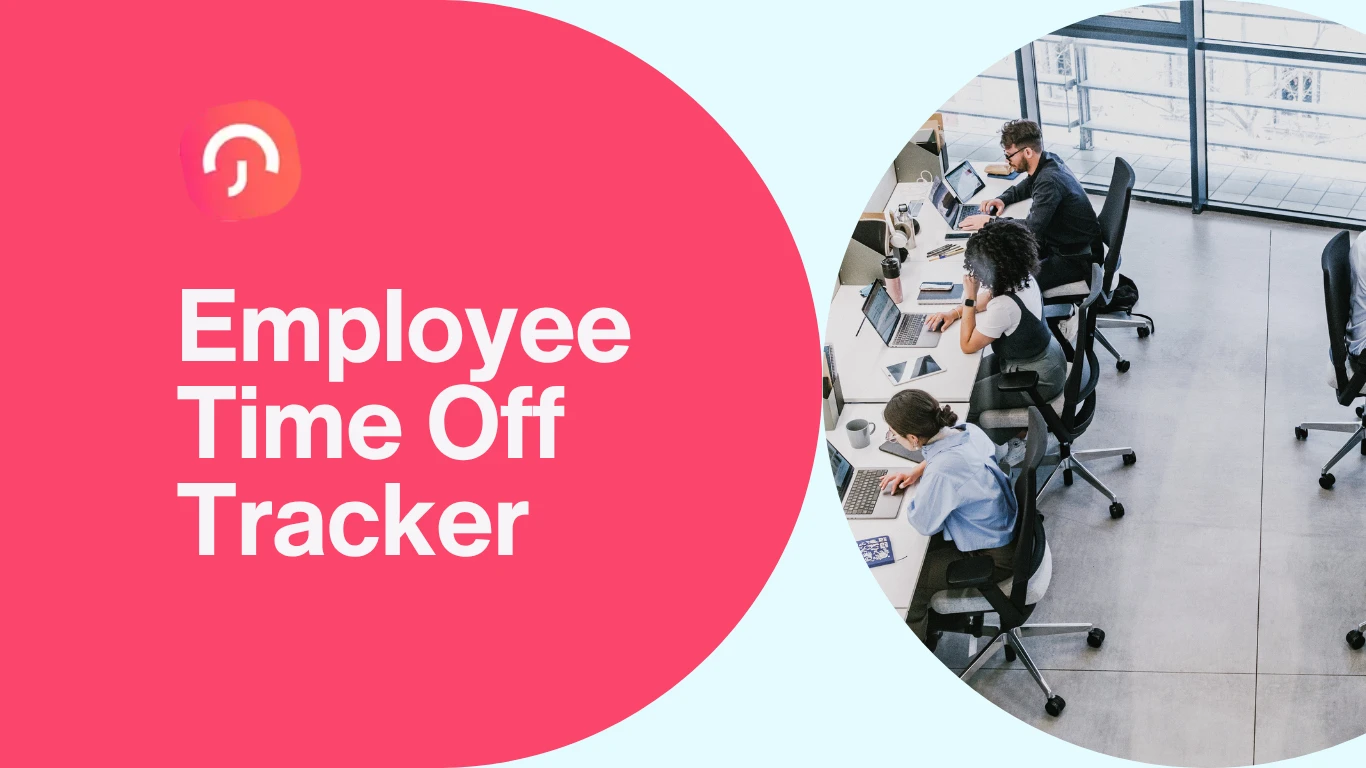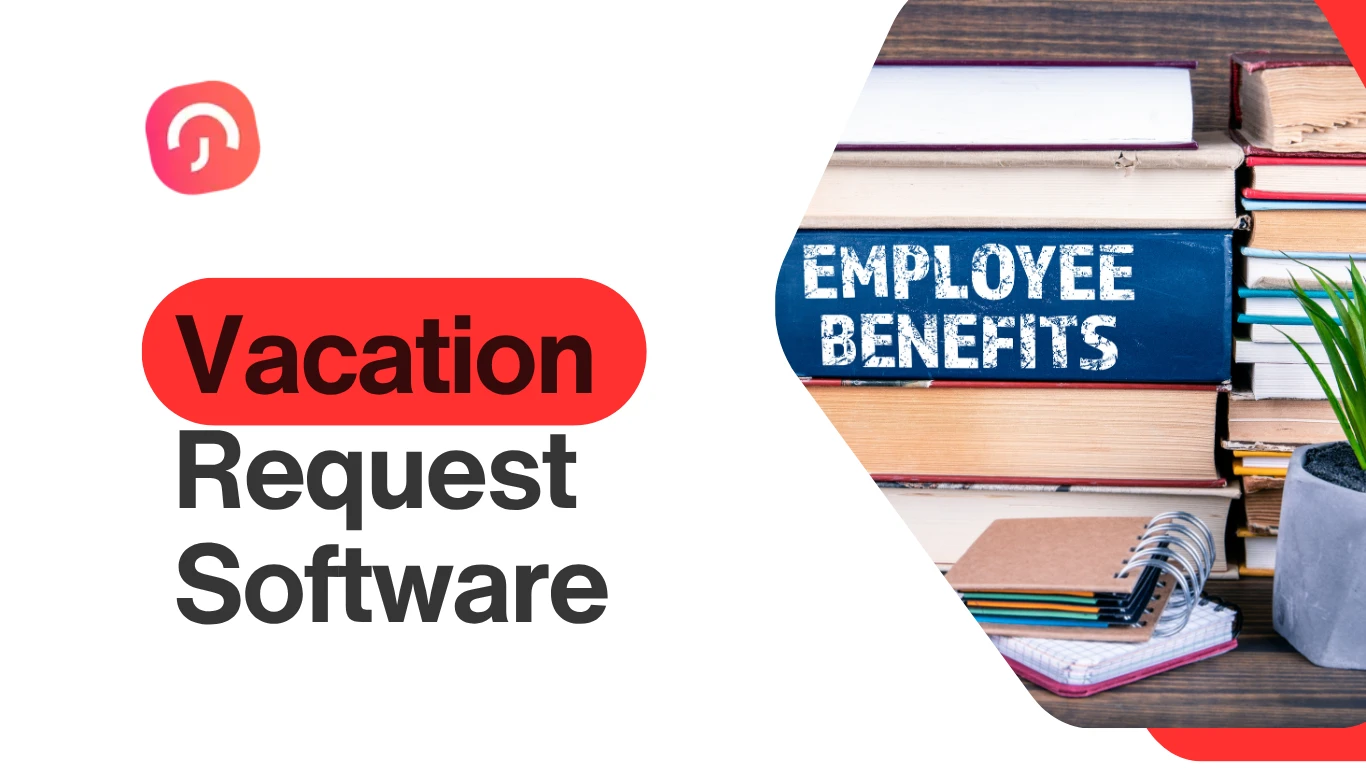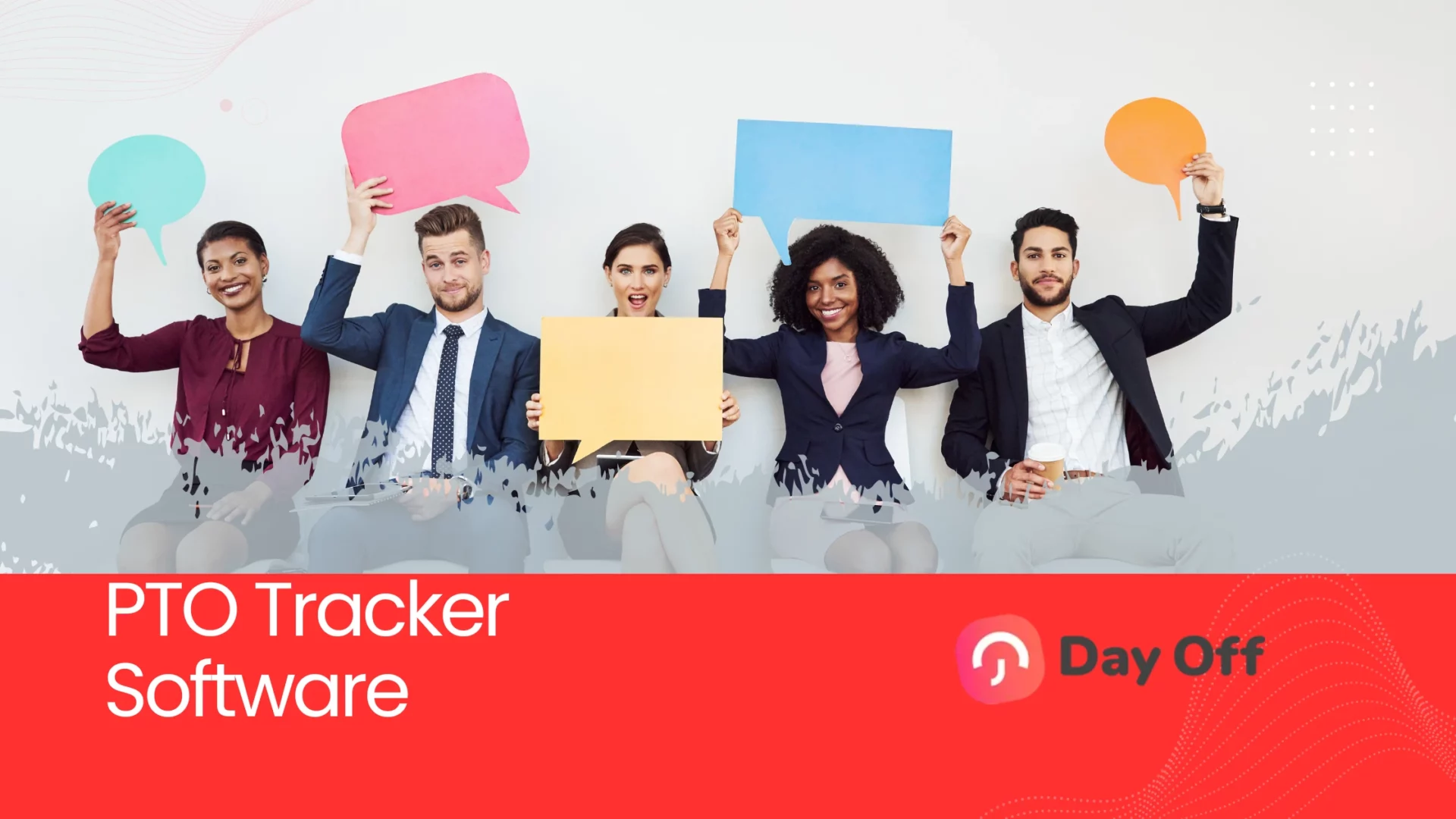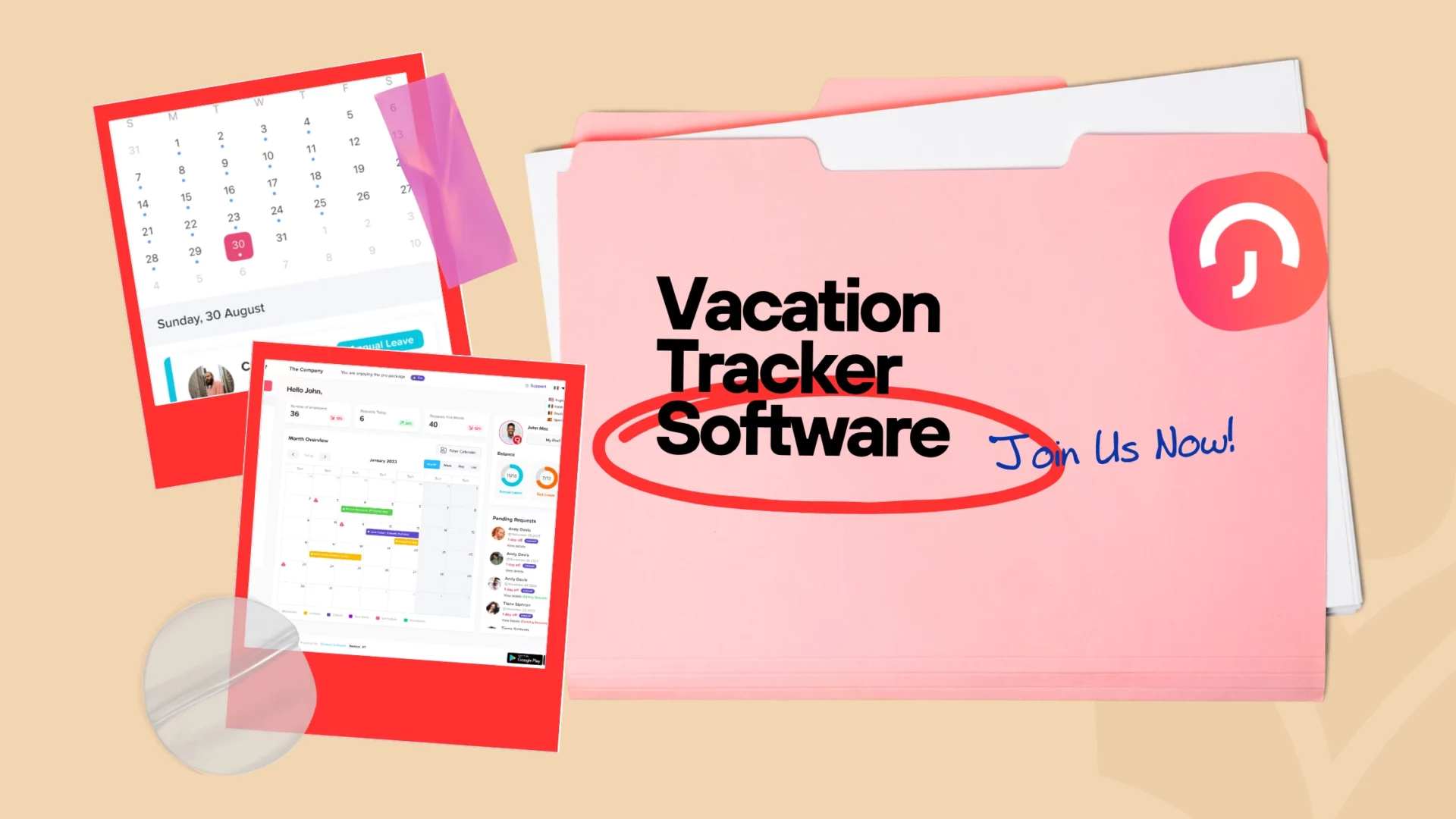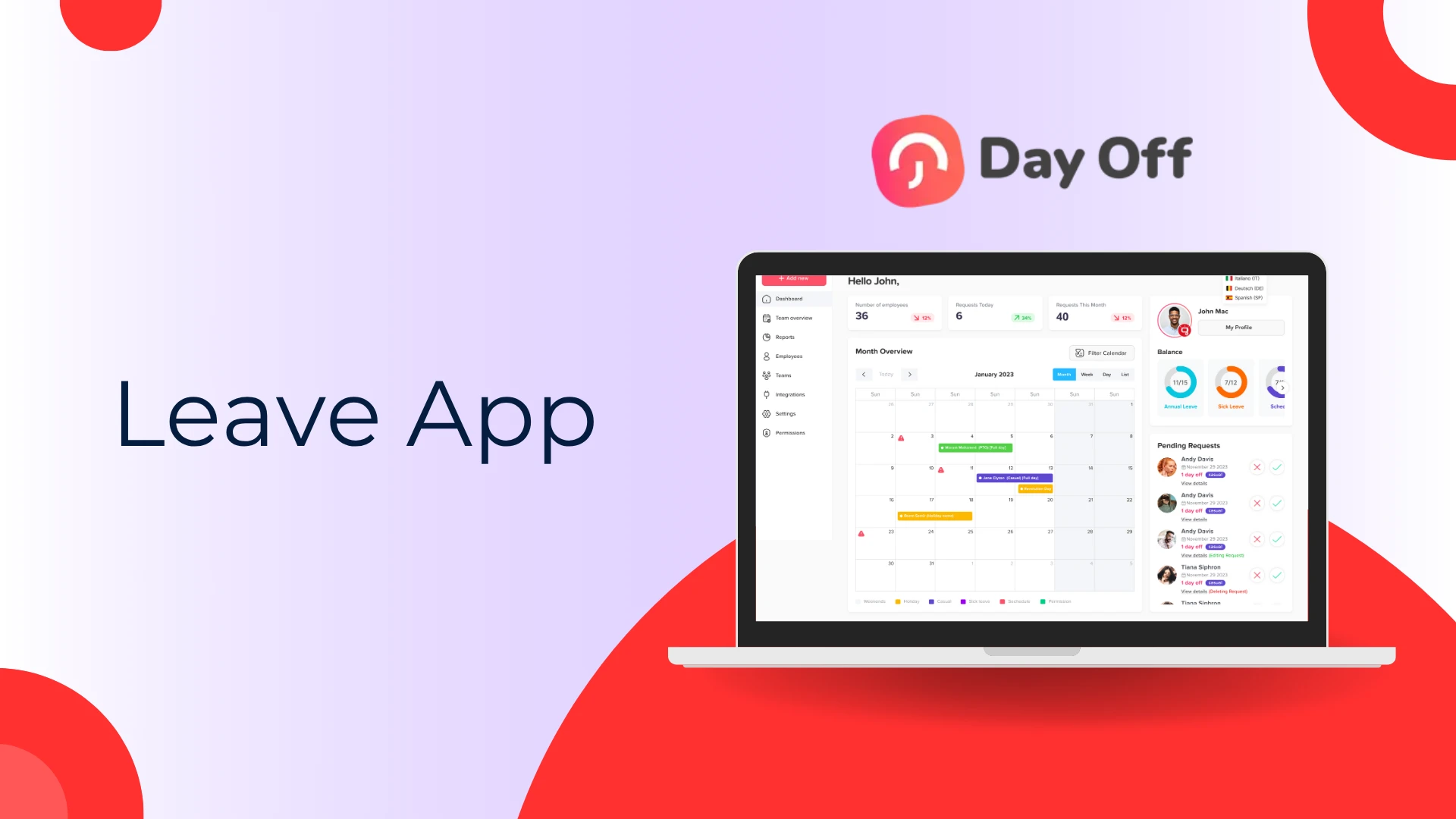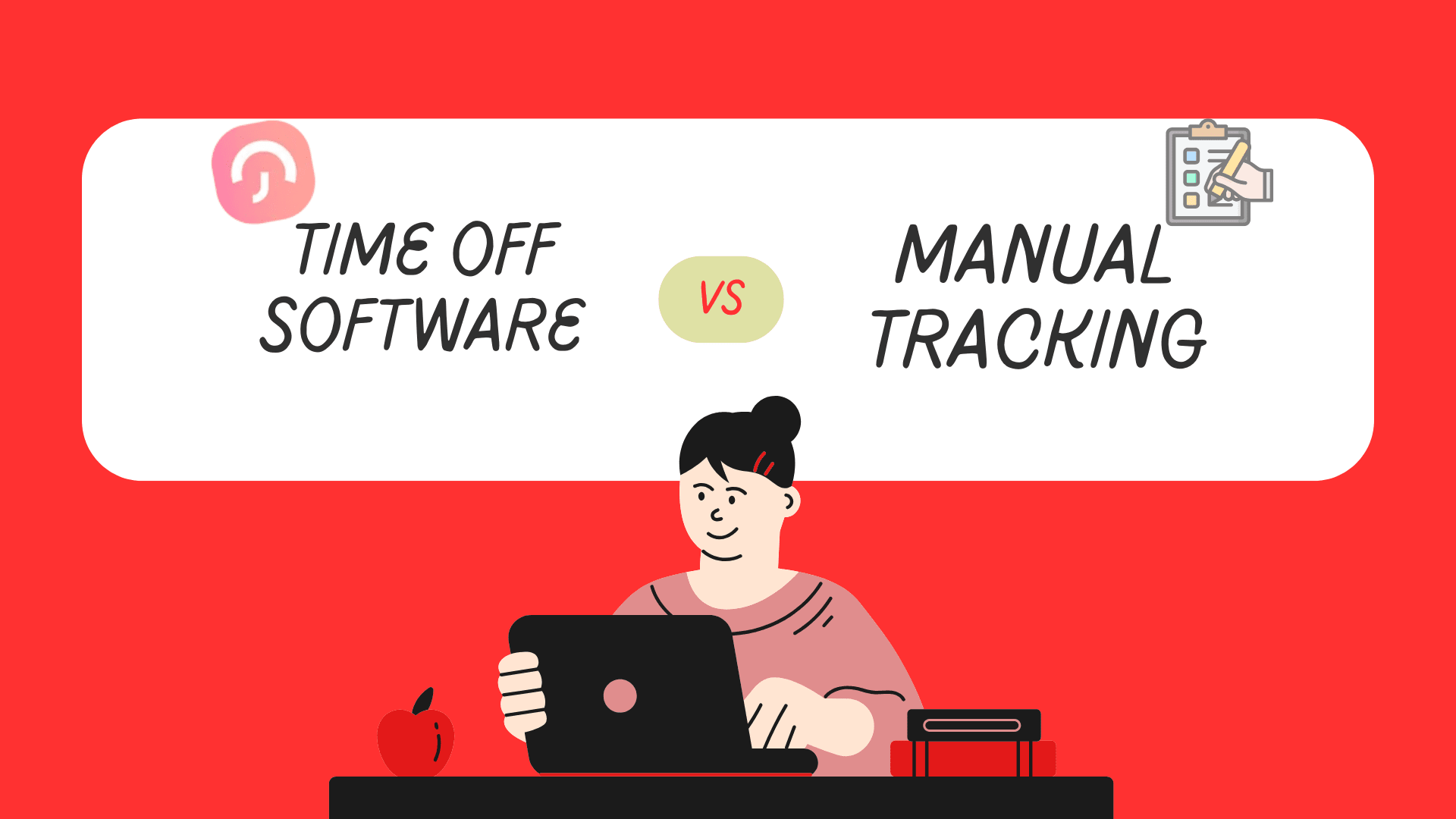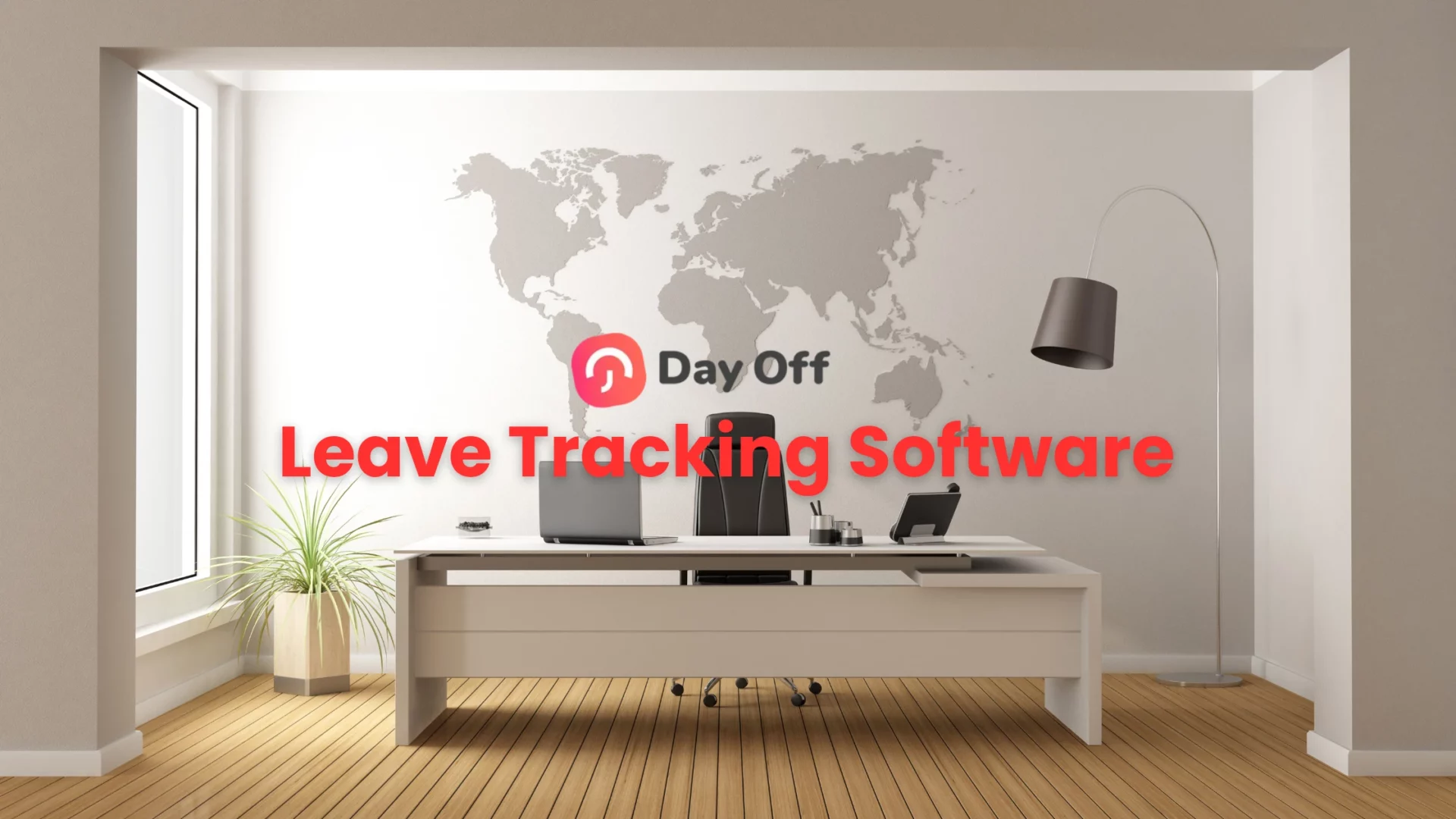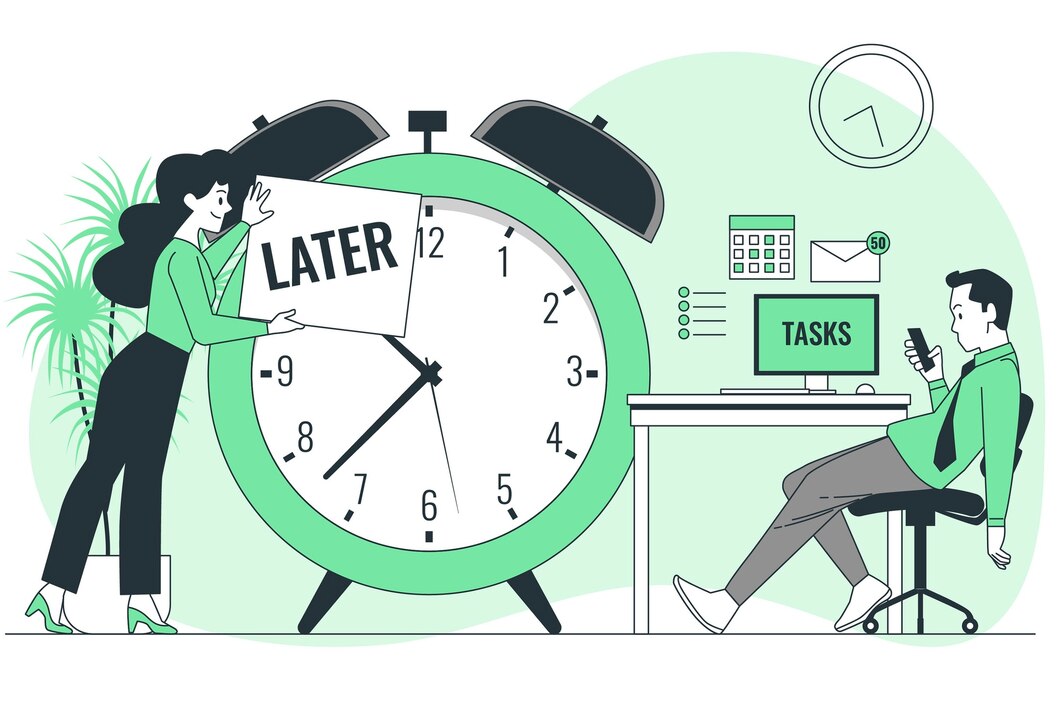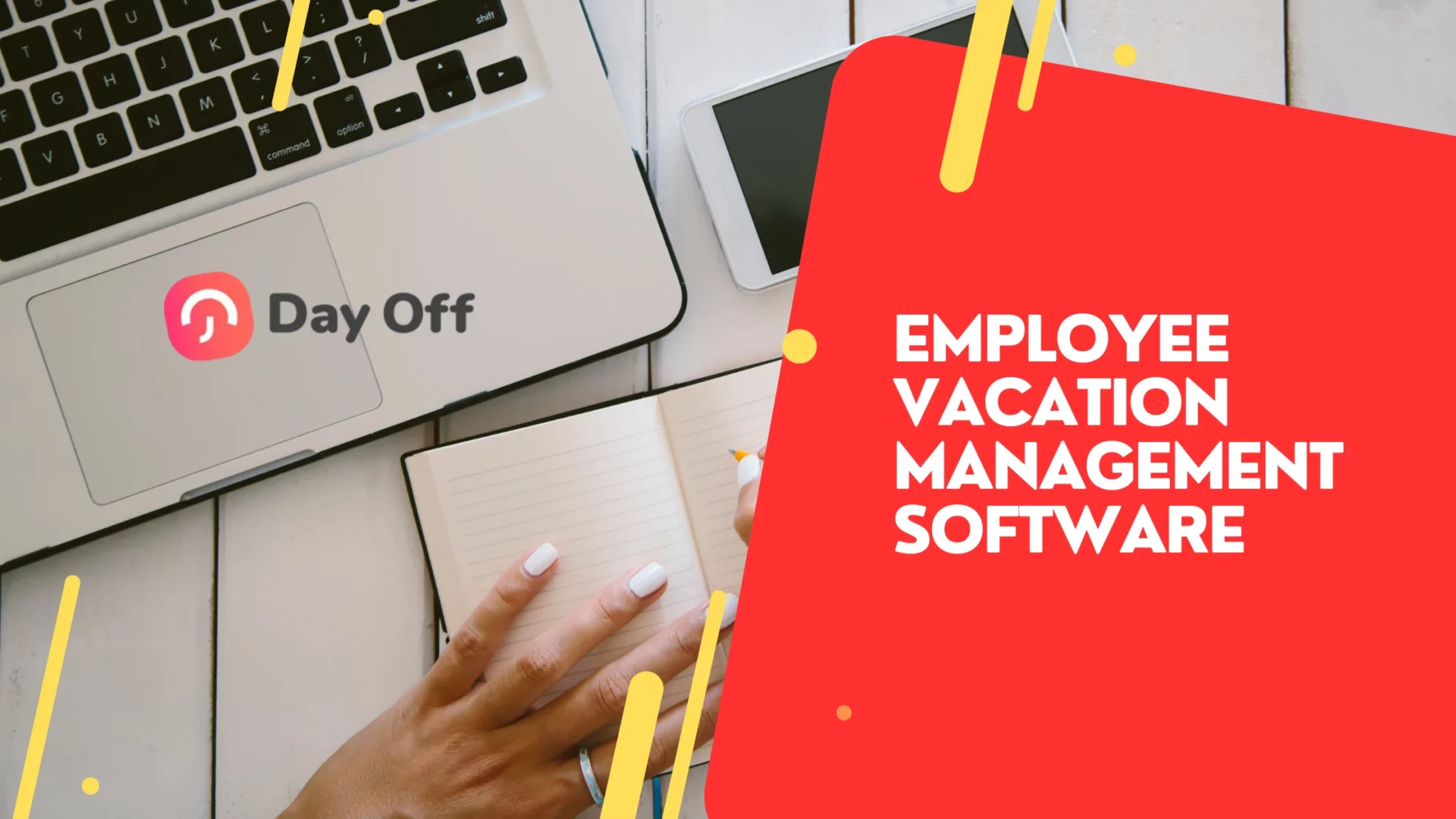Maintaining a healthy work life balance has become a priority for both employees and employers. The challenges of balancing professional responsibilities with personal commitments can lead to stress, burnout, and reduced productivity. A time off tracker offers an effective solution to these challenges, enabling employees to plan and manage their leave efficiently while providing employers with the tools to monitor and maintain workforce coverage.
This article explores how a time off tracker can help businesses and employees achieve a harmonious balance between work and life, detailing its features, benefits, and implementation strategies.
The Importance of Work Life Balance
Work life balance is no longer a luxury; it’s a necessity. Employees who achieve this balance report higher satisfaction levels and a better quality of life. Here’s why it matters:
- Employee Well being: A balanced life reduces stress and helps employees avoid burnout. This, in turn, leads to better mental and physical health.
- Increased Productivity: Employees who take regular breaks and time off return to work re-energized and more focused.
- Improved Retention Rates: Companies that promote a healthy work life balance are more likely to retain talent, as employees feel valued and supported.
- Enhanced Creativity: Time away from work allows employees to relax and think freely, fostering creativity and innovation.
However, achieving this balance requires a structured approach to managing time off, a task that a time off tracker simplifies.
What is a Time Off Tracker?
A time off tracker is a digital tool designed to manage employee leave effectively. It automates the tracking of various types of leave, such as paid time off (PTO), sick leave, vacation days, and parental leave, providing real time data for employees and managers alike.
By replacing manual tracking methods such as spreadsheets or paper forms, time off trackers offer greater accuracy, transparency, and convenience. They are particularly useful for businesses with complex leave policies or remote teams spread across different locations.
How a Time Off Tracker Enhances Work Life Balance
- Centralized Leave Management A time off tracker consolidates all leave related information into a single platform. Employees can view their leave balances, past requests, and upcoming vacations, while managers can monitor team schedules. This clarity helps everyone plan better.
- Streamlined Leave Requests Employees can submit leave requests with just a few clicks, specifying the type of leave, dates, and reasons if required. Managers receive notifications and can approve or reject requests instantly, reducing delays and misunderstandings.
- Automatic Leave Calculations Time off trackers handle complex calculations, such as accruals, rollovers, and deductions, ensuring that leave balances are always accurate. This eliminates the guesswork for employees and reduces administrative burdens for HR teams.
- Visibility into Team Schedules. Managers can use the tracker to see who is on leave at any given time, making it easier to distribute workloads and avoid staffing shortages. This visibility also allows employees to coordinate their leave with colleagues, ensuring minimal disruption.
- Encouraging Work Life Integration. With features like reminders for unused PTO or minimum required leave, a time off tracker encourages employees to take breaks. Regular time off helps employees recharge, leading to improved mental health and job satisfaction.
Features of an Effective Time Off Tracker
To maximize its impact, a time off tracker should include the following features:
- Customizable Leave Policies: Support for various leave types (e.g., vacation, sick days, parental leave) and compliance with local labor laws.
- Mobile Access: Employees should be able to manage their leave from their smartphones, ensuring convenience for remote workers or those on the go.
- Integration Capabilities: Sync with payroll systems to calculate PTO payouts automatically or integrate with team calendars to avoid scheduling conflicts.
- Notifications and Alerts: Remind managers of pending approvals or notify employees of leave balance changes.
- Detailed Reporting: Generate reports on leave usage trends, such as frequently requested leave periods or underutilized PTO.
- User Friendly Interface: Simplify navigation for both employees and managers, making adoption seamless.
Benefits for Employers
Employers benefit significantly from using a time off tracker:
- Improved Workforce Planning: By tracking employee availability, managers can better allocate resources and ensure coverage during busy periods.
- Reduced Administrative Work: Automating leave management saves HR teams time, allowing them to focus on more strategic tasks.
- Compliance with Regulations: Time off trackers help ensure that leave policies adhere to local labor laws, minimizing the risk of disputes or fines.
- Boosted Employee Morale: When employees see that their time off is respected and managed fairly, it fosters a positive workplace culture.
Best Practices for Implementing a Time Off Tracker
- Define Clear Policies Before rolling out a time off tracker, ensure your leave policies are well documented and communicated to employees. Clarify rules regarding accruals, rollovers, and notice periods.
- Provide Training Train employees and managers on how to use the tool effectively. Offer tutorials or create a knowledge base to address common questions.
- Encourage Regular Usage Normalize the use of the tracker by making it the default method for managing leave. Highlight its benefits to encourage adoption.
- Analyze Trends Use the reporting features to identify patterns, such as periods of high leave requests or employees who consistently avoid taking time off. Address these trends proactively.
How Time Off Trackers Foster Long Term Success
By streamlining leave management and encouraging employees to take regular breaks, time off trackers play a pivotal role in fostering work life balance. Over time, this leads to a healthier, happier, and more productive workforce. For employers, it translates to reduced turnover, fewer sick days, and a stronger organizational reputation.
Work life balance is not just an individual concern; it’s a shared responsibility between employers and employees. Investing in a time off tracker is a step toward creating a workplace culture that prioritizes well being and long term success.
Frequently Asked Questions (FAQ)
What types of leave can a time off tracker manage?
Most modern time off trackers can manage a wide variety of leave types, including paid time off (PTO), sick leave, vacation days, parental leave, bereavement leave, and unpaid leave. Many platforms also allow customization for unique leave categories, such as volunteer days or sabbaticals.
Do time off trackers work for remote or international teams?
Yes. Cloud based time off trackers are especially helpful for remote and international teams. They provide real time access to leave balances, integrate with local holiday calendars, and support multiple time zones, ensuring fairness and transparency across different regions.
How does a time off tracker help reduce burnout?
By providing reminders about unused PTO and encouraging employees to take regular breaks, time off trackers help prevent burnout. Employees are more likely to use their entitled leave when they can easily track their balances and submit requests without hassle.
Can time off trackers integrate with payroll systems?
Many time off trackers integrate seamlessly with payroll software. This ensures accurate PTO payouts, prevents payroll errors, and saves HR teams time on manual calculations.
Is employee data safe in a time off tracker?
Reputable time off trackers use industry standard security measures such as encryption, secure servers, and role based access controls. They also comply with privacy regulations like GDPR and CCPA to protect sensitive employee information.
How much do time off trackers cost?
Costs vary depending on the provider and the features offered. Options range from free basic plans for small businesses to subscription based models priced per user per month. Some advanced platforms also offer enterprise level solutions with additional compliance and analytics tools.
How quickly can a business implement a time off tracker?
Implementation times depend on the platform, but most cloud based time off trackers can be set up within a few hours. Businesses can typically upload employee data, configure leave policies, and start using the system almost immediately.
What happens if employees don’t use a time off tracker?
If employees avoid using the tracker, HR teams may face outdated records, inconsistent approvals, and compliance risks. To encourage adoption, companies should provide training, highlight the benefits, and make the tracker the official method for leave management.
Can managers see team schedules in a time off tracker?
Yes. Most time off trackers include team wide calendars or dashboards that allow managers to see who is on leave, making it easier to plan workloads, avoid scheduling conflicts, and ensure coverage during busy periods.
Does using a time off tracker improve employee satisfaction?
Absolutely. When employees have clear, transparent access to their leave balances and requests are handled quickly, they feel valued and respected. This leads to higher morale, stronger engagement, and better overall job satisfaction.
Conclusion
A time off tracker is more than just a scheduling tool it’s a gateway to achieving a balanced and fulfilling professional and personal life. By simplifying leave management, providing transparency, and encouraging regular breaks, it empowers employees to thrive both at work and at home. For businesses, it’s an essential investment in the well being and productivity of their workforce.
Whether you’re a small business or a large enterprise, adopting a time off tracker is a strategic move that benefits everyone involved.
